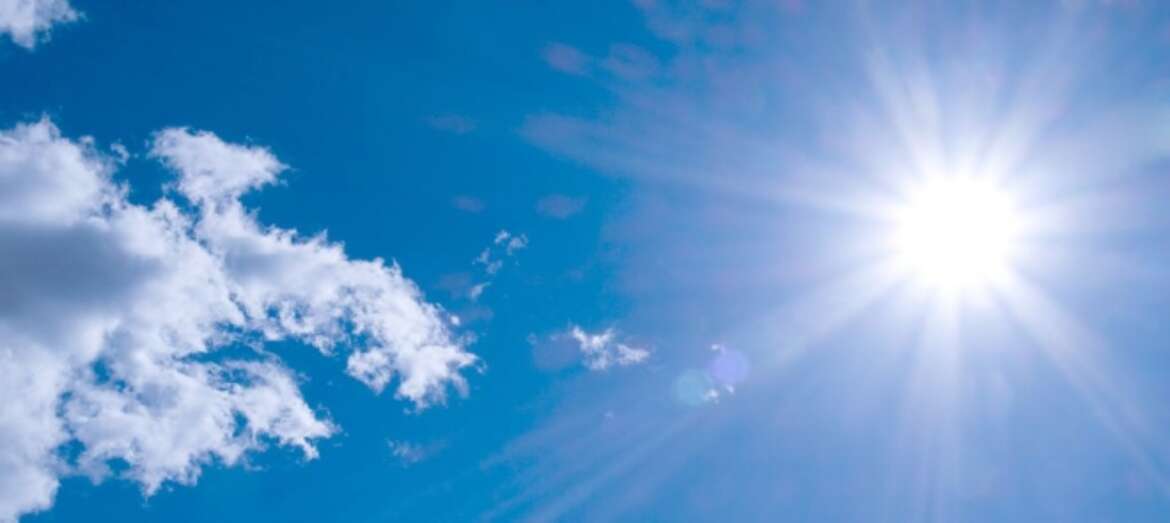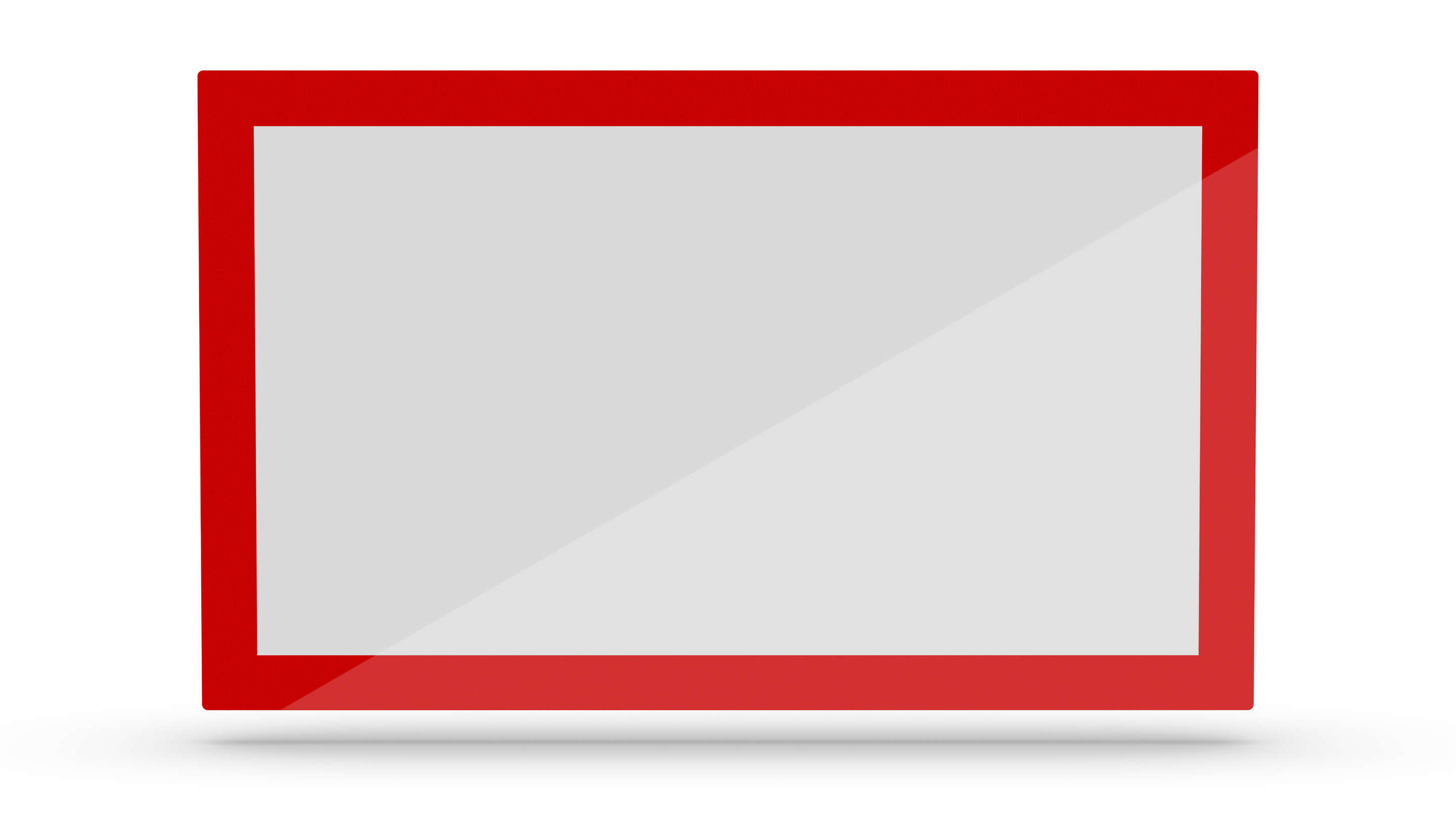Optical or mechanical?
Interelectronix offers a variety of high-quality finishing options with which a touch system can be designed perfectly for its intended use and location.
An important feature for improving the usability of touchscreens is a suitable anti-reflective coating. When it comes to anti-reflective coating, you can choose between
- an optical lambd 1/4 anti-reflective coating (anti-reflective (AR) coating)
- and a mechanical anti-glare anti-reflective coating
choose.

Exterior: Optical lambda 1/4 anti-reflective coating
Anti-reflective coatings are perfect for outdoor use as an optical anti-reflective coating. Anti-reflective coatings (AR coatings) are used to suppress the reflections of optical surfaces and increase transmission.
The optical Lambda 1/4 anti-reflective coating is a surface refinement for anti-reflective coating of touchscreens used outdoors. In this process, the surface is coated with different materials that have different refraction properties. As a result, the incident light is not reflected and at the same time the monitor's own light is not scattered, which leads to very good readability.
According to TÜV, the Lambda 1/4 coating is the most effective type of anti-reflective coating and delivers very good results in terms of readability, especially in partial sunlight.
For touchscreens that are exposed to full and direct sunlight and still need to offer perfect sunlight readability, the use of a circular polarization filter is also recommended.

The mechanical anti-glare anti-reflective coating is the cost-effective finishing for locations without direct sunlight. In mechanical anti-glare anti-reflective coating, the glass is chemically roughened to scatter the incident light, thus avoiding reflections and reflections.
This method is a rather cost-effective method of anti-reflective coating, which is particularly suitable for indoor use, where the strength and amount of sunlight is low.
Mechanical anti-glare anti-reflective coating is not suitable for indoor or outdoor locations where direct sunlight occurs. Due to the chemically roughened surface of the glass, direct incoming sun rays can refract in the glass, which has a significant impact on legibility.
For outdoor applications or with direct sunlight, Interelectronix recommends the use of the optical lambda 1/4 anti-reflective coating in conjunction with a circular polarizing filter. In combination, this results in perfect anti-reflective coating and legibility in strong sunlight.
